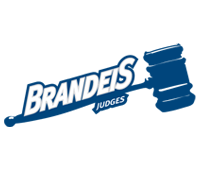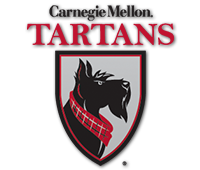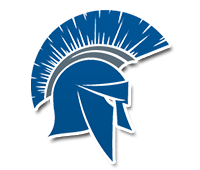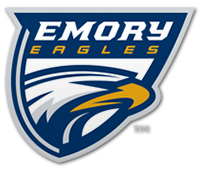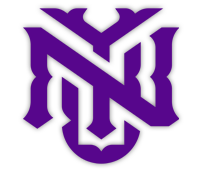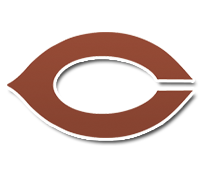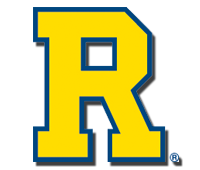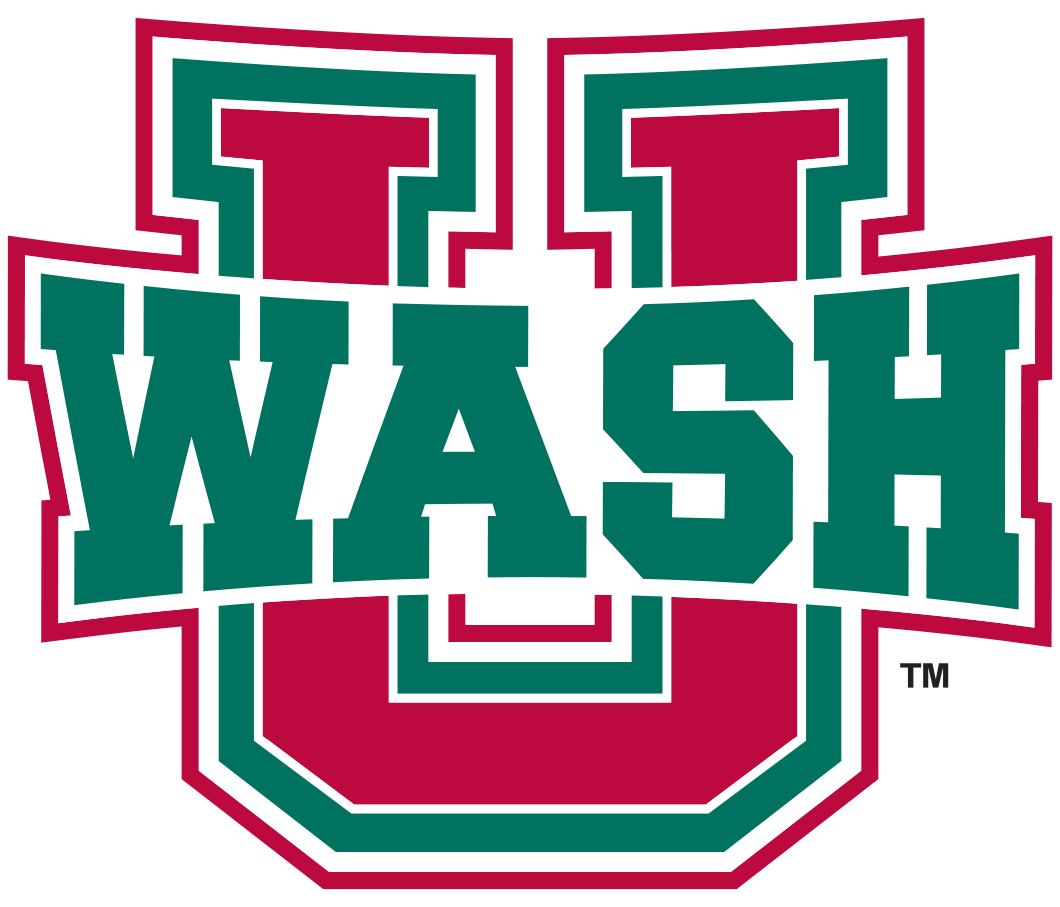
From Carnegie Mellon University Athletics
Margaret Anne Smith grew up on the other side of the world in Hong Kong and Singapore and traveled on service trips throughout Asia. Now, as she gears up to finish her undergraduate and graduate degrees in four years at Carnegie Mellon University, she'll be able to say she's helped to develop a non-electric dental pump that has the potential to significantly impact dental care in developing countries.
Smith, who is a triple major in mechanical engineering, biomedical engineering and Chinese language, has navigated her academic course load to also finish her master's degree in mechanical engineering while competing as a member of the women's tennis team. Dr. Conrad Zapanta, Associate Head of Biomedical Engineering and the faculty advisor of the project, remarked of Smith's academic scheduling that "I don't know how she does it. I'm in awe that she can do it. There was some discussion as to whether she could handle it, but she convinced us and she's proven that she can do it."
With a team of four engineers, Smith is pursuing her passions through a research project that started as a class assignment. Now, with backing from an alumni sponsor and assistance from Dr. Zapanta, the team has developed a low-cost dental pump that can fit in carry-on luggage and be used across the world.
"Currently, 3.5 million people in the world suffer from tooth decay," said Smith. "This pump will help dentists better care for patients in areas that don't have electricity."
By replacing all electrical components with mechanical components, the team has created a device that will allow dentists to suck saliva, blood, and debris from a patient's mouth while performing operations.
"Right now, dentists can't do tooth removal or fix cavities because it's so cloudy in the mouth," explained Smith. "This pump will let them execute those operations."
To achieve this result, an interdisciplinary team of two mechanical engineers, one chemical engineer, and one materials scientist was formed, bringing all different viewpoints and backgrounds together.
"We meet three times a week and do our own testing, ordering parts, or machining parts outside those meetings," said Smith. "We're supposed to spend around nine hours a week on it."
All that time has paid off as the group worked through theoretical calculations and programming to optimize the flow of suction. After various prototyping activities to experiment with different pressure vessels, the team settled on an aluminum tank that gets filled with air by a bike pump.
With the material of the pressure tank in place, the team continued testing the flow and suction speed with water and other fluids, making sure to analyze the viscosity and see if any tubing clogs. Sanitation is also something to consider as they run tests to see what kind of chemicals will work best to clean the system, what can be taken to places affordably, and what won't erode or deteriorate the device.

|
Labeled new design |
New design in travel case |
||
| Group members (Anna Bandecca, Katie Beittenmiller, Sam Shoemaker, Margaret Anne Smith) with old prototype. |
"The idea is for the device to be very affordable," said Smith. "The pressure tank costs between 20 and 30 dollars, which is the price range for organizations that travel abroad to perform operations."
"I think this has a good shot at working," Dr. Zapanta said of the device. "This is a great team. They are enthusiastic, very knowledgeable, and hardworking."
The ultimate goal of the group is to get FDA approval. Before that can happen, FDA clearance is needed to allow for more testing in the United States, and more test data is needed in order to submit an application to receive clearance.
"Right now we're testing on ourselves," said Smith. "We're also hopeful the device will be able to go on future mission trips through Global Medical Brigades."
By conducting their own simulations to match what they think will be best, the goal is to be equivalent or better than an off-the-shelf electric pump.
The group's alumni sponsor was president of Global Medical Brigades at Carnegie Mellon last year and works in Washington, D.C., at a medical device company. Her concept for the device has morphed from a prototype made of coke bottles which proved suction was possible to what is now a smaller pump that has more force and the ability to turn on and off.
"There are a lot of dentists in the area that want us to make a device for them so when they go on a personal service trip they can take one with them," said Smith. "It's something that will make their job so much easier and will let them do their job so much better. They are really excited about it."
With graduation approaching, Smith, who recently received the George Washington Prize for community service, leadership, and academic excellence, will present the dental pump with her group at "Meeting of the Minds" in May after receiving a SURG grant for development. After that, she and her classmates—who are each seniors—will leave the device to be completed and approved next year by another set of students in the biomedical engineering capstone class, as Smith will begin her career at Nestle in a leadership rotation program.
After serving internships with Caterpillar and in a surgical robotics lab where she worked on designing a surgical robot that would help orthopedic surgeons, Smith secured a job with Nestle after an internship this past summer in its frozen food division of Stouffer's and Lean Cuisine.
"Being an athlete, the aspect of health is really important and impacts your performance," said Smith. "I was working on the next line of Lean Cuisine and was able to help out with testing. Now I'm going to the ice cream division and will work in operations, more of the business side of engineering."
Smith will be in California for between eight and 12 months of the 5-year rotation program using leadership skills that she has developed from engineering; skills that are lighter on the technical side and more interpersonal. And because it's a rotation program she could end up anywhere in the world, including Geneva, Switzerland, where Nestle is headquartered.
"I'm hoping to do research and development in Switzerland or go back to China and use my Chinese major and manufacturing," said Smith. "It depends on what I decide I like and want to focus on."
One thing's for sure, Smith is grateful to the tennis coaches for their flexibility and support, the knowledge of advisors who figure out how to cross-count as many classes as possible, and for Carnegie Mellon's combined program of mechanical and biomedical engineering.
"Other schools only offered one or the other engineering program and since I knew I was interested in biomechanics, a combined program was a good fit," said Smith. "I also found Carnegie Mellon to be really unique since there is a considerable amount of ground-breaking research on campus that is accessible for students and yet is a small school that allows you to develop personal connections with faculty members."


